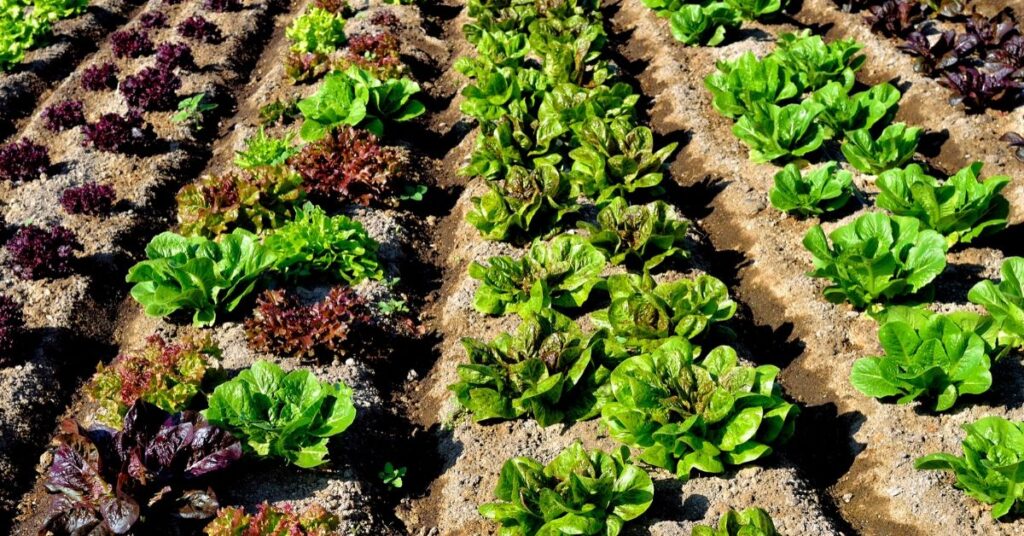The following research article, developed by BioFlora’s team at the Integrated Life Science Research Center, describes how soil structure and stability are critical factors for agricultural water management.
Please share it with your PCA or call your BioLynceus® representative to arrange a visit.
Executive Summary
Soil aggregate structure and stability are critical factors for agricultural water management. This document discusses the relationship of microbes to soil aggregate formation and soil architecture. Potential management strategies for developing good soil aggregate formation are explored.
How are soil aggregates formed?
Growers are faced with numerous problems associated with water. In general, there is a shortage of water for irrigation purposes and the water that is available is frequently expensive and of inferior quality (i.e. high salt content). Additionally, heavy rainfall is frequently accompanied by field erosion, loss of agricultural soil and silting of streams and rivers.
Soil with little aggregate formation may be too compact and problematic for water penetration or healthy plant root development. All these issues are linked to soil aggregate structure.
Soil consist of mineral particles, organic matter (dead and alive), water and air. Some mineral matter is bound together by electrochemical changes, but a significant portion of the aggregate formation is due to the action of microbes.
What is the role of soil microbes?
Good soil tilth is indicated by the physical soil qualities allowing air & water to enter then leave pore spaces while retaining enough of each to meet the plant and microbial needs. With the formation of stable micro- and macro- aggregates the soil porosity and structure are maintained even after wetting.
Microbes in the soil produce many sticky substances that cement soil mineral particles together in small clumps called microaggregates. These sticky substances (such as polysaccharides, mucilage’s, and glomalin) act to cement the mineral particles and organic matter together to form the small units of soil aggregate formation.
Glomalin, a sticky substance produced by some fungi, is particularly resistant to microbial degradation and does not dissolve easily in water making it an ideal sealer for stable soil aggregates.
The small microaggregates are bound together by filaments or strands of fungi, actinomycetes and other binding agents to create larger aggregates called macroaggregates. These microbial strands, along with fine plant roots and root hairs, act as the structural rebar holding the microaggregates.
The combination of the microaggregates and macroaggregates create the soil pore structure that is responsible for water and air movement. The fine pores are important to capture and maintain water by capillary action, holding it in place for plant availability.
Agricultural management practices that do not encourage productive microbial growth in the soil reduce the chances of building, maintaining soil structure that is optimal for plant and for water management.
How can BioLynceus® products help with good soil structure?
Products such as Lot 125® provide a high diversity of microbes to assist in inoculating the soil with soil aggregate builders. Additionally, the diversity of carbon complexes contained in this product helps to provide food for the microbes to assure they can grow and can populate the soil with appropriate microbes, building better soil structure in the process.
© Integrated Life Science Research Center


